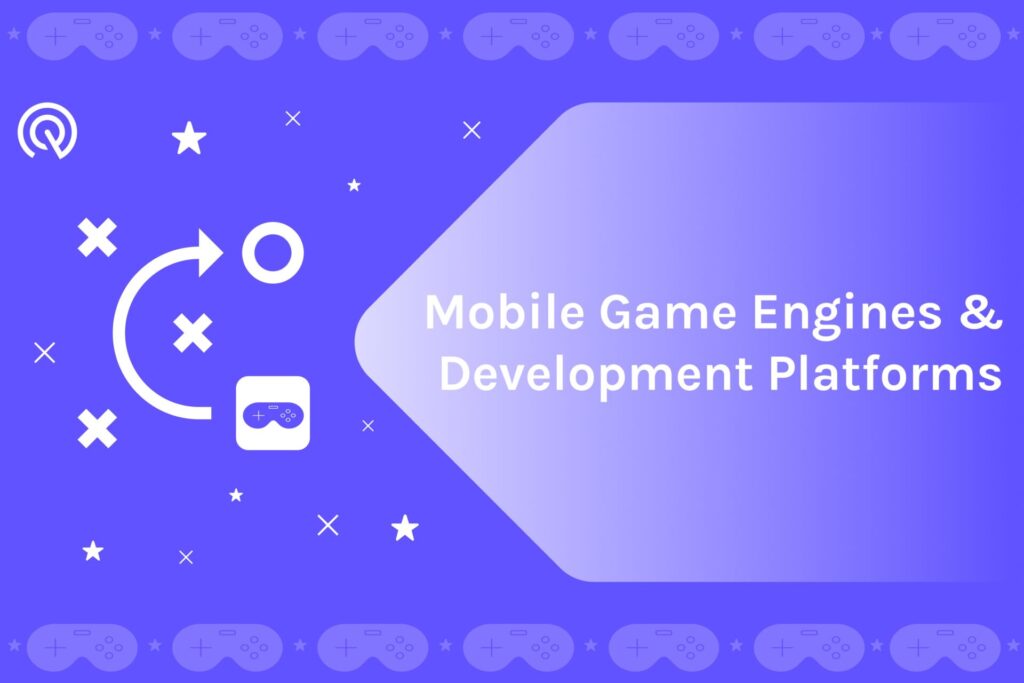Game development is a complex process that involves planning, creativity, and technical expertise. Developers begin the process with ideation, where they establish a clear concept for the game. The game then moves into pre-production, where a prototype is built to test game mechanics, and developers choose a game engine or development kit to save time. In production, actual development work begins, followed by rigorous testing and quality assurance to ensure everything works as intended. Finally, the game is released, and developers continue to support it with updates and new features to keep players engaged. Game engines and development kits are useful tools to streamline the game development process.
From Idea to Reality: The Game Development Process with Game Engines and Development Kits
Game development is a complex process that requires a lot of planning, creativity, and technical expertise. While some developers create games from scratch, many rely on game engines and development kits to streamline the process. In this article, we’ll explore the game development process using these tools.
Step 1: Ideation
Every game begins with an idea. This can come from a single person or a team of developers. The goal of this stage is to develop a clear concept for the game, which includes deciding on the genre, story, mechanics, and target audience.
During this stage, developers may also create design documents and sketches to visualize the game’s features and mechanics. This is also when they establish the game’s scope and budget.
Step 2: Pre-Production
Once a clear idea is established, the game moves into pre-production. During this stage, developers build a prototype or a demo to test the game mechanics and ensure they are working as intended. They also create a more detailed design document and begin organizing the project’s art assets.
It’s also during this stage that developers may choose a game engine or development kit to use. While some developers create their own engines or tools, most rely on existing ones to save time and streamline the development process.
Step 3: Production
Once the pre-production and planning stages are complete, the game moves into the production phase. This is when the actual development work begins. Developers begin building the game’s features and mechanics, creating art assets, and designing levels.
During this stage, developers may also work on integrating additional features like multiplayer support or virtual reality features. They may also work on optimizing the game’s performance to ensure it runs smoothly on a wide range of devices.
Step 4: Testing and Quality Assurance
As the game begins to take shape, developers perform rigorous testing to ensure that everything is working as intended. This includes identifying and fixing bugs, balancing gameplay, and checking for compatibility with different platforms and devices.
During this stage, developers may also work on localizing the game for different regions and translating text and dialogue into different languages.
Step 5: Release
After testing and quality assurance is complete, the game is ready for release. Developers choose the platform or platforms they want to release the game on, such as PC, consoles, or mobile devices. They may also work on marketing and promotion to build excitement for the game’s release.
Once the game is released, developers continue to support it with updates and bug fixes. They also may introduce new features and content to keep players engaged and interested in the game over time.
Conclusion
Game development is a complex but rewarding process that requires a lot of planning, creativity, and technical expertise. Using game engines and development kits can help streamline the process and save time, allowing developers to focus on creating engaging and exciting games that players love.
